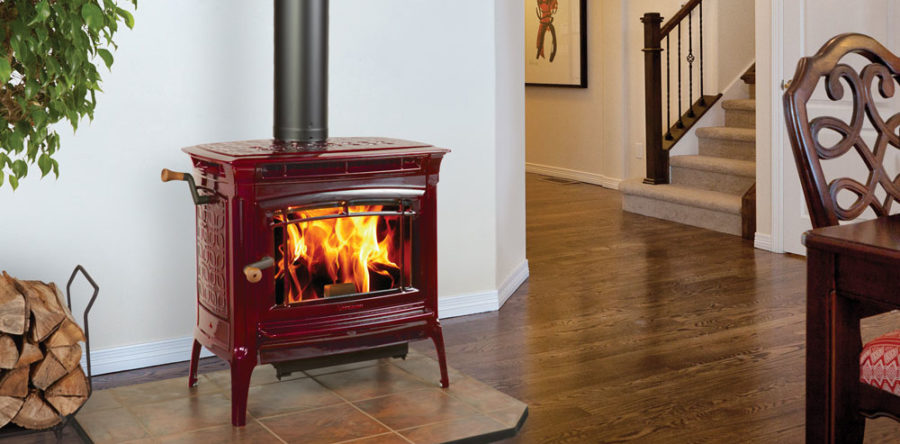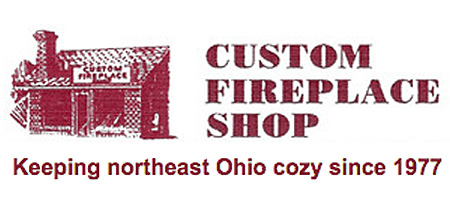The Environmental Protection Agency (EPA) has set clean air standards, which mean that wood burning stoves must now contain a re-burn system. These are special components that reduce particle pollution and they come in two different types – catalytic and non-catalytic.
Catalytic wood stoves have a tiny combustor. When you shut off the damper, smoke runs through the combustor. Due to its very high temperatures, all by-products in the smoke are burned off. This means the smoke that’s emitted is a lot cleaner. Typically, you’ll need to clean your combustor once a year. You can expect approximately 10,000 hours of performance from your combustor.
Non-catalytic wood stoves use secondary air tubes. These sit at the top of the firebox and combine the smoke emitted from combustion with hot air. They burn away more than 90 % harmful by-products. Secondary air tubes generally last ten to twenty years and have various advantages including low maintenance, and an automatic re-burn system. For catalytic stoves, on the other hand, the timing for the damper to be engaged or disengaged is critical.
Whatever type you choose, both burn cleanly and efficiently. However, non-catalytic stoves are renowned for being easy to use with a simple control system. To increase the heat output, you simply need to increase the airflow in the air controller and reduce it for less heat. Catalytic stoves require the damper to be manually engaged and you also need to keep an eye on flue gas temperatures to work out when to open the damper and when to shut it off again.










